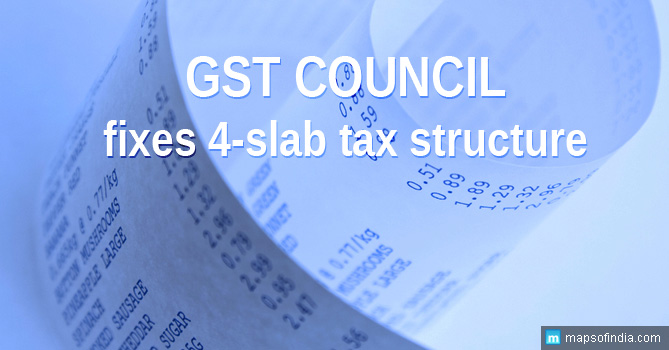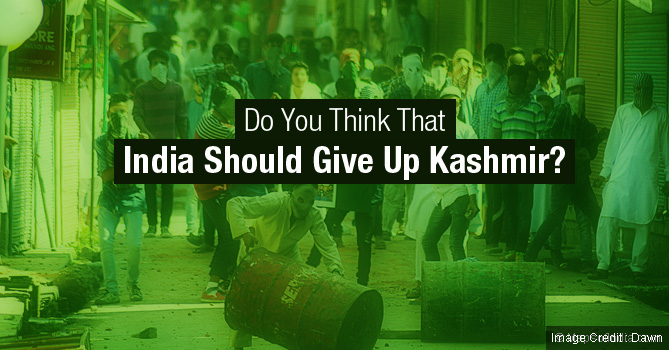After months of deliberation and overcoming a number of hurdles, the Goods and Services Tax (GST) has finally reached a stage where rate slabs applicable for different items have been settled.
The implementation of a unified GST that subsumes the numerous taxes applicable currently, such as the VAT (Value Added Tax), entertainment tax, service tax, and central excise duty has been an uphill task for the central government. Getting the states to agree on a uniform format created many roadblocks. The GST Council was set up to work out the complex reform – one of the biggest tax reforms of independent India. The council comprises the Finance Minister of India, Arun Jaitley (as Chairman), the Union Minister of State for Finance, and one minister from each state.
The GST Council has finally managed to bring a consensus among the various state governments and the central government, and also to ascertain the differential tax rates that must be applicable to goods sold and services rendered.
Read : What is GST Bill? – Its Advantages, Benefits and Problems associated with GST in India
Combating Inflation Through GST
Ascertaining the GST tax slabs has been akin to walking the tightrope. The GST Council has been conscious of the effects of inflation on the commodities of everyday use and the pains borne by the poor masses of the country due to such price hikes (as a result of the inflation). It is with this in mind that FM Jaitley and the GST Council have agreed to a ‘zero rating’ or a zero percent GST on almost half the items in the CPI (consumer price index) basket. The CPI index is used to determine the inflation in our country. This zero rating also applies to major food grains sold across the country. While this is essentially a measure dished out to insulate the low income groups from the burden of inflation, it shall also ensure that black marketing of essentials remains in check.
THE GST RATE STRUCTURES:
Low GST On Articles Of Everyday Use
The first tier of GST will be applied on articles of mass consumption. Spices, tea, edible oils including mustard oil, etc. fall in this category. These items will incur a tax levy of 5 percent, keeping it low enough for the consumption levels to remain steady despite the higher pricing (in comparison with the zero GST goods). This is lower than the 6 percent GST proposed earlier for this slab. The next level is a 12 percent GST tax slab. Processed foods and FMCG goods that are making their way into Indian markets in a big way fall in this category.
Luxury Items Priced High
The third slab of GST will incur a tax implication of about 18 percent. While this includes a number of items which are commonly used in middle to high income families, these are also items used widely across the country. Smart phones, refrigerators, oils, soaps, shaving cream, and toothpaste fall in the 18 percent GST category. Most services that are currently being taxed at the rate of 15 percent are likely to undergo a price hike and will be added to the 18 percent GST category. Railway tickets and such, however, are likely to be added to the 12 percent category keeping them affordable for the masses.
The peak GST slab of 28 percent is reserved for luxury items and white goods. According to the Business Dictionary, White Goods are defined as “heavy consumer durables such as air conditioners, stoves…which used to be painted only in white enamel finish. Despite their availability in varied colors now, they are still called white goods”. While 28 percent GST looks like a considerably large levy, we must stop to consider that taxes on white goods currently include an excise duty of 12.5 percent in addition to a VAT of 14.5 percent and other state taxes; taking the total to about 30 or 31 percent. This means that the 28 percent GST will not lead to a price increase of white goods, but may lower their price tags. Cars, aerated soda drinks, tobacco and cigarettes. etc. will all be taxed in this 28 percent slab. Tobacco currently attracts a tax levy of about 65 percent while aerated drinks are taxed at 40 percent.
Additional Cess On Luxury Items
Apart from the 28 percent GST that will be levied on the goods and services included in the highest slab, some luxury items and sin goods will attract an additional cess. Tobacco, luxury cars, pan masala, soda drinks will all be charged this cess. The GST and cess on the “demerit goods” may even hike the total to 40 percent, experts believe. Coal will attract a clean energy cess, typing up neatly into India’s commitment to migrate to clean renewable energy. The cess amounts have not been declared yet. The total amount of cess that the centre expects to garner each year is about INR 50,000 crore. This will be utilized to compensate the states for any loss of revenue due to implementation of the GST.
This multi-tiered GST structure is slated to take effect from 1 April, 2017. It is likely that the prices of many commodities will come down with the GST taking effect and the change is likely to be a great non-inflationary measure taking a burden off the end consumer.
Read More:
New GST regime and its future impact on telecom industry in India
Can GST Bill really kill the ‘kachcha bill’ system?
Income Declaration Scheme 2016
Swachh Bharat Cess on Service Tax
What is Krishi Kalyan Cess?
Corporate Tax in India
Economic Reforms in India
Black Money in India
MUDRA Bank
Land Acquisition Bill
How to register for GST?
Various Goods and Services Tax forms
GST Rule Changes
Implementation of the GST in India
Costlier Or Cheaper Under GST?






